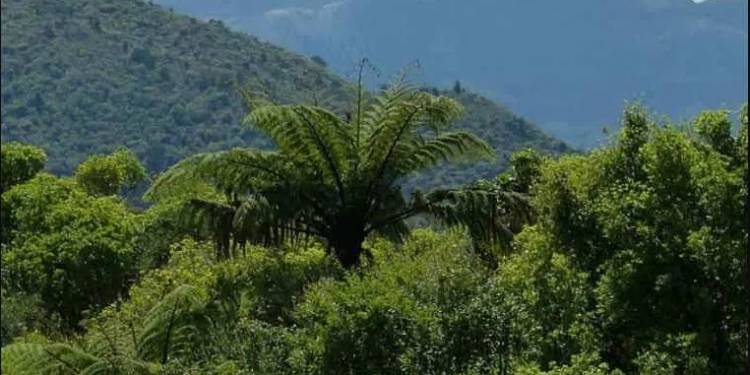In a bid to counter growing desertification rates and other environmental challenges, the Modi government is all set to create a 1400km-long and 5km wide green belt from Gujarat to Delhi-Haryana border. According to a report in Times of India this ‘green belt’ will be running from Porbandar to Panipat and will be instrumental in restoring degraded land along the Aravali hill range across Gujarat, Haryana and Delhi.
The green belt is similar to the ‘Great Green Wall’ that runs from Dakar in Senegal to Djibouti. It is a UN-backed programme which stretches from Dakar in the west to Djibouti in the east bringing together 11 countries to plant trees across Africa to hold back the mighty Sahara desert with a strip of greenery, lessen the effects of desertification and improve the lives and livelihoods of communities. It is 7,000 kilometres long and 15 kilometres wide and it passes through Mauritania, Mali, Burkina Faso, Niger, Nigeria, Chad, Sudan, Ethiopia and Eritrea.
“Desertification is a worldwide problem directly affecting 250 million people and a third of the earth’s land surface. To fight this menace, India will convert degraded land of nearly 50 lakh hectares to fertile land in next 10 years; it will implement provisions of New Delhi Declaration which is to be adopted at the end of conference and a Centre for Excellence will be established at Dehradun”, said Prakash Javadekar at the 14th Conference of Parties (COP 14) of the United Nations Convention to Combat Desertification (UNCCD), held in New Delhi for the first time in India where scientists and representatives of national and local governments, global business leaders, NGOs, gender-based organisations, youth groups, journalists, and faith and community groups were present.
The Union Minister for Environment, Forest and Climate Change had also reiterated India’s commitment towards sustainable land use during the same. “It is our collective responsibility to do our duty towards protecting the environment and ensuring that there is no harmful impact on it”, said Javadekar. Also emphasising further on India’s key role as the President of UNCCD COP for the next 2 years, Javadekar added, “It is the common resolve of the World to combat desertification and India will lead from the front and move the world in a positive direction, taking into cognizance the support of other countries”.
Nonetheless, with nearly 30% of the land area already degraded through deforestation, over-cultivation, soil erosion and depletion of wetlands, proactive steps to address this challenge are surely indispensible in moving forward towards larger economic goals. Various estimates have also pointed out that around 600 million Indians risk the impact of climate change if the problem of land degradation is not addressed.
Deep links between management of land resources and economic development also make diligent conservation and preservation of land a critical part of any government strategy. According to a study by The Energy and Resource Institute (TERI), India incurred losses of Rs 72,000 crore ($10.68 billion) which is more than the agriculture budget of Rs 58,000 crore ($8.54 billion) in 2018-19 only due to soil degradation. According to the same report degradation of India’s forests is depriving the country of 1.4% of its GDP annually.
Degradation of soil may also create hurdles in ensuring food security for Indians, according to estimates 60% of land in India is under cultivation contributing only 14% to its GDP; making agriculture one of the most vulnerable sectors in the country to be affected by land degradation. Nonetheless, it remains to be seen if this green belt which constitutes just 1.5% of the country’s geographical area which is just a minor part of the total 30% of the total degraded land has the desired outcomes to counter the environmental challenges that lie ahead.





























